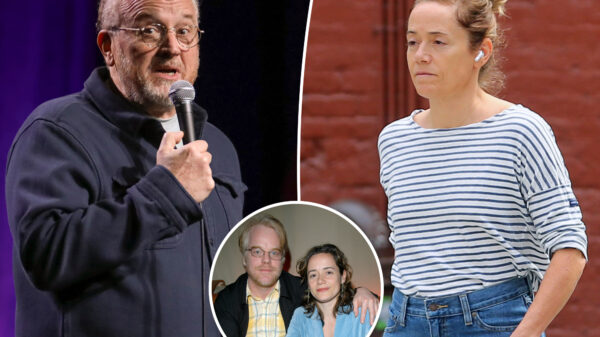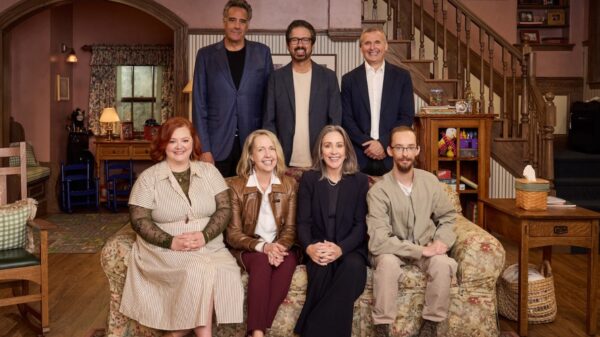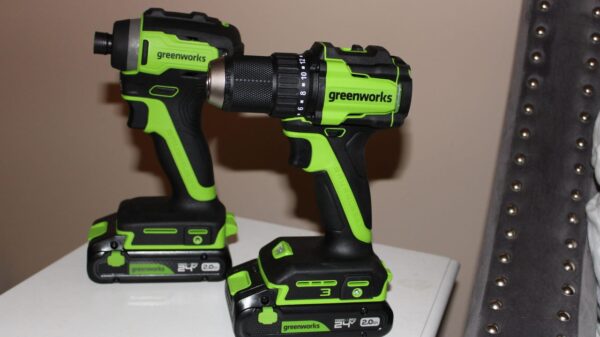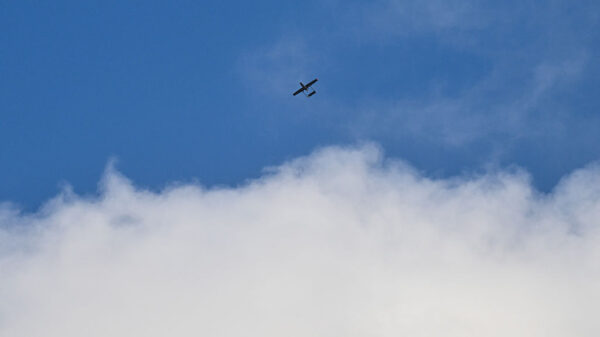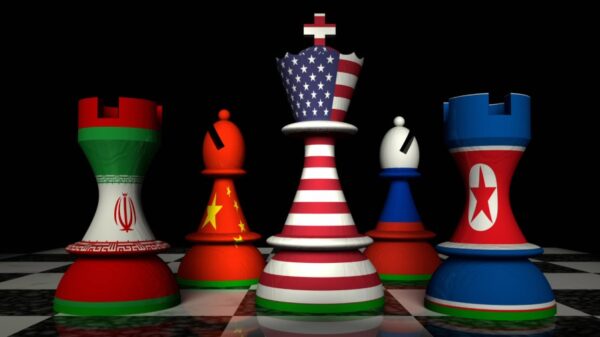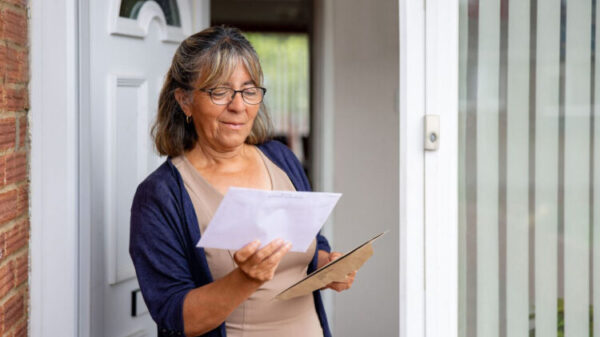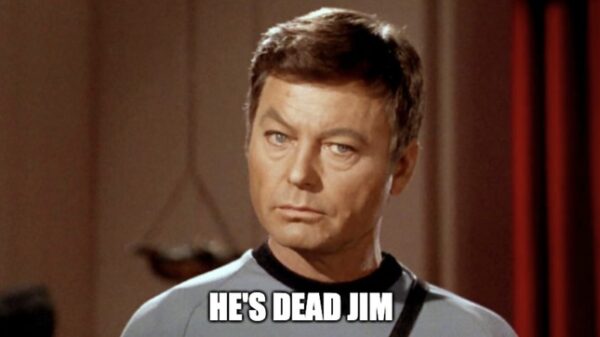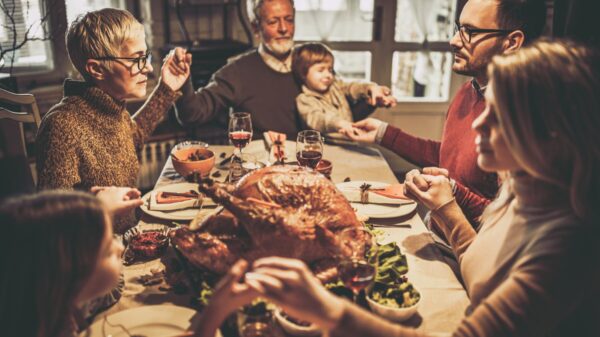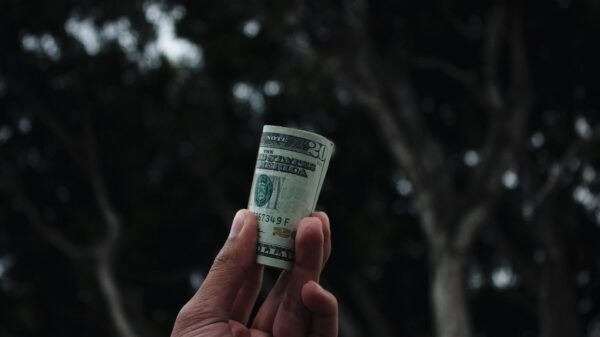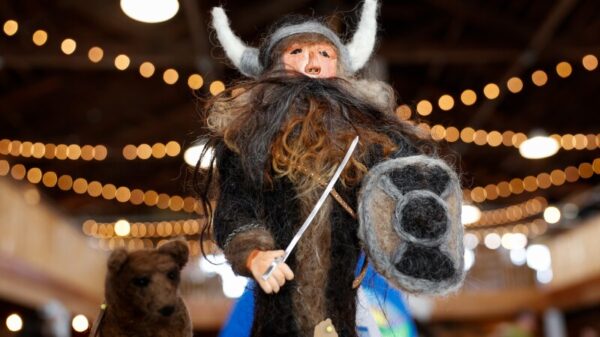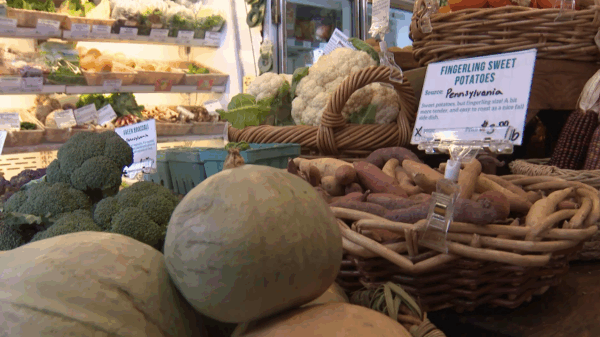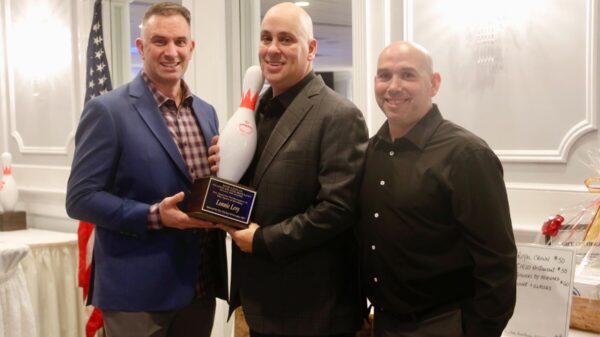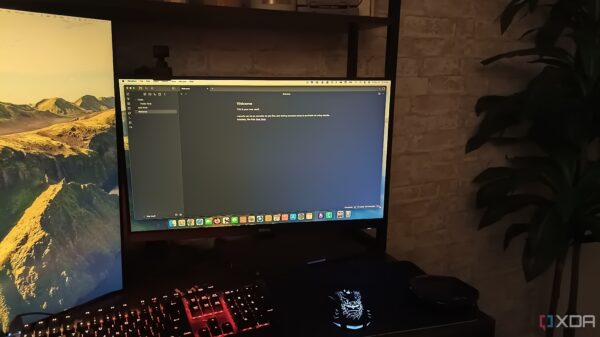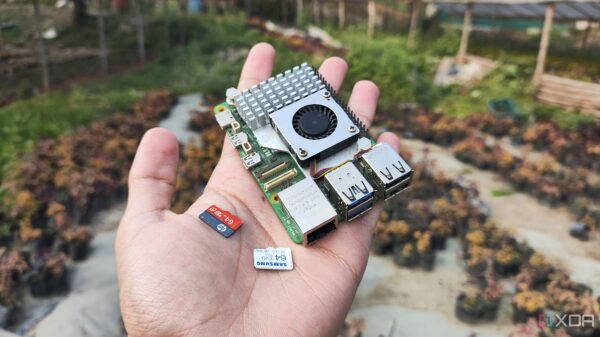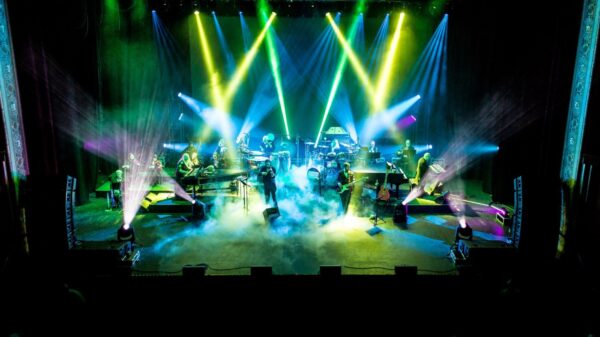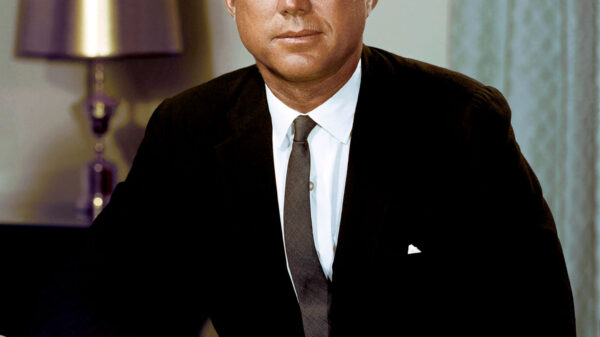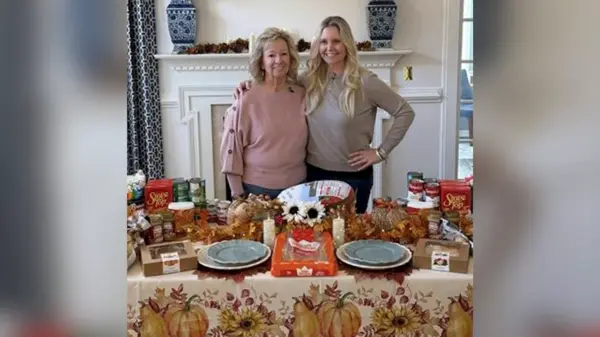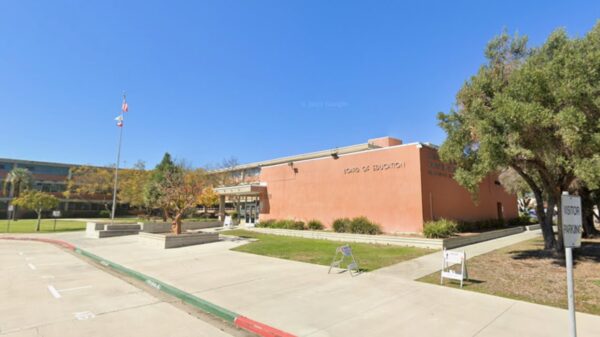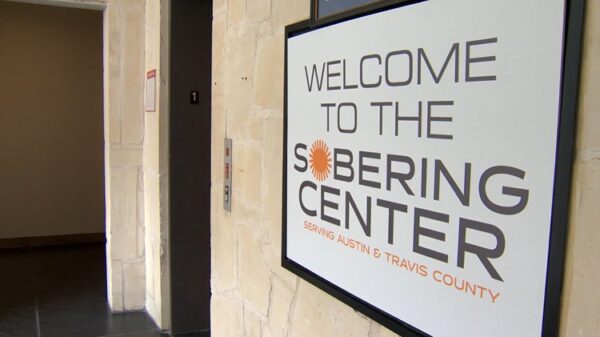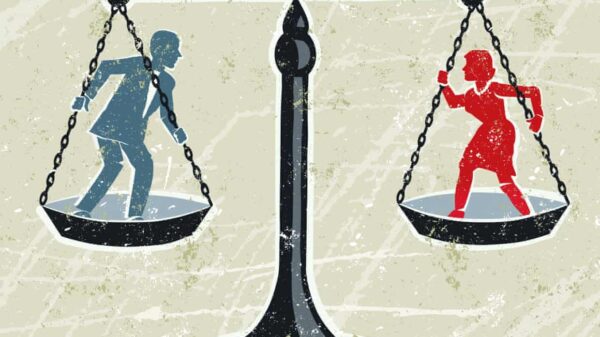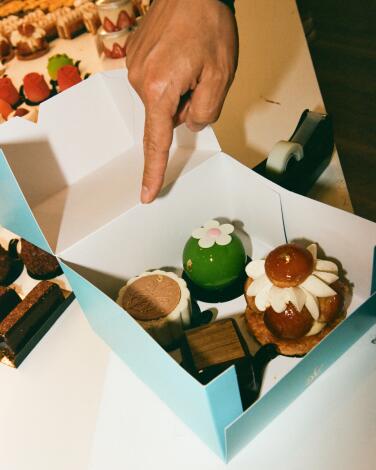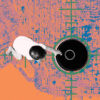While many Japantowns across the United States have dwindled, Los Angeles boasts two vibrant Japanese enclaves. Alongside the well-known Little Tokyo, Sawtelle stands out on the Westside, nestled between strip malls and office buildings. Despite its smaller footprint, Sawtelle is rich in history, embodying the resilience and resourcefulness of Japanese immigrants. Today, it thrives as a cultural crossroads, offering diverse culinary experiences and community events within just 2.69 square miles.
A Historical Perspective
Initially developed in the early 20th century, Sawtelle was named after the manager of the Pacific Land Company. It became a refuge for Japanese immigrants who faced significant barriers, such as the 1913 California Alien Land Law, which prohibited them from owning property. This less developed area of the Westside allowed these immigrants to build new lives, with landowners often turning a blind eye to their presence.
The coastal proximity reminded many of their homeland, while the favorable climate and soil supported outdoor work. Local Kenjinkai organizations provided essential community support. By the 1910s, Sawtelle, affectionately known as “so-te-ru,” had evolved into a hub for Issei, or first-generation Japanese immigrants. The population tripled between 1920 and 1925, driven by an influx of Japanese farmers, a burgeoning film industry, and the establishment of UCLA. This growth fostered nurseries and small businesses, temples, and schools, laying the foundation for a close-knit community.
Challenges and Resilience
The vibrant neighborhood faced a significant setback during World War II when residents were forcibly relocated to internment camps. Despite the upheaval, those who returned demonstrated remarkable resilience, working to restore their community. In 2015, the city officially recognized Sawtelle as Japantown, igniting a renaissance of Japanese influence through restaurants, markets, and shops celebrating Japanese culture.
Today, however, Sawtelle’s pre-war landmarks are gradually fading, replaced by new office buildings and rising commercial rents. Traci Toshiyuki Imamura, a fifth-generation Japanese American, recalls her father’s business, Tensho Drugstore, which once stood at the bustling corner of Sawtelle and Mississippi in the mid-1940s. “I miss the regular everyday people and how close people were with each other in the community,” she expressed. Imamura now advocates against Sawtelle’s gentrification and upzoning as a member of the Westside Community Planning Advisory Group.
Despite the ongoing changes, remnants of Sawtelle’s rich heritage remain. Family-run businesses like Hashimoto Nursery and Yamaguchi Bonsai Nursery trace back to the area’s agricultural roots. The annual Obon Festival continues to draw hundreds, where attendees dressed in kimono and yukata dance to the rhythm of taiko drums. Children gather around the balloon fishing pool, while parents line up for takoyaki, momentarily reviving the spirit of the old Sawtelle.
Walking through Sawtelle today allows visitors to experience a blend of history and contemporary life. The aroma of yakitori grilling fills the air, and the sight of bonsai trees nurtured by familiar families serves as a reminder of the neighborhood’s legacy. In a city characterized by constant transformation, Sawtelle stands as a testament to the dedication of those who built a community and continue to shape its future.
For those interested in exploring this dynamic neighborhood, the array of restaurants, shops, and cultural events make it a compelling destination in Los Angeles. From the best ramen to unique fusion dishes, Sawtelle remains a vibrant enclave worth discovering.

